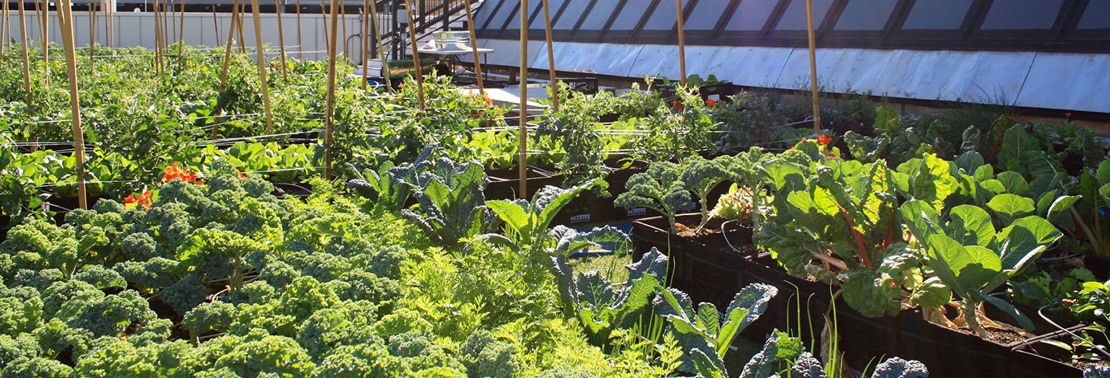Alice Chen and Vivek Murthy of Harvard Business Review writes:
The human and health impacts of climate change are becoming increasingly hard to ignore. Extreme weather events are disrupting more and more lives and businesses while also exacerbating chronic health conditions like asthma, expanding the range of infectious diseases, and worsening mental illness. In 2018, the UN Intergovernmental Panel on Climate Change estimated that to avoid catastrophic changes to our climate, we need to cut our greenhouse gas emissions in half by 2030 and get to net zero emissions by 2050. It’s time for all of us to take the threat and opportunity of climate change seriously, but how can businesses make meaningful change? How does sustainability fit into the competing priorities so many of us face? We spoke with leaders at four major U.S. health systems — Cleveland Clinic, Kaiser Permanente, Boston Medical Center (BMC), and Partners Healthcare — that are finding solutions.
Across the country in California, Kaiser Permanente was also building a new hospital. Their goal was to set a new standard for combining a smaller carbon footprint with a superior patient experience as they designed the new San Diego Medical Center. At this hospital, 1,500 solar panels on the roof supplement its highly efficient on-site generator. All the lights are energy-saving LEDs, including programmed lights in patient rooms that mimic natural variation in sunlight to help patients reset their circadian rhythms and promote healing. Outdoor areas include nearly two miles of outdoor walking paths and are landscaped with native plants that are watered with reclaimed rainwater.
These decisions helped create one of the top environmentally rated hospitals in the world. Serving more than 610,000 Kaiser Permanente members in the area, the hospital achieved platinum certification by Leadership in Energy and Environmental Design (LEED), the most widely used green building rating system. But the San Diego Medical Center isn’t only an environmental win for Kaiser Permanente, it is a financial win, too. The nominal incremental cost of achieving LEED status has been far outweighed by energy cost savings.
Building for sustainability is not limited to new construction, and in fact, reducing the carbon footprint of existing buildings has to be a part of our global solution. Boston Medical Center has found a creative way to reduce their carbon footprint while improving health by introducing a rooftop farm growing lettuce, carrots, tomatoes, and cucumbers that even houses two beehives. With just 2,568 square feet of growing space, the farm provides 6,000 pounds of fresh, local produce every year to the cafeteria, patient trays, and BMC’s preventive food pantry. Plus, the green roof reduces heating and cooling costs for the building and doubles the expected life of the roofing materials.
Recover Green Roofs, the rooftop installer for the Boston Medical Center Rooftop Farm has just won the “Urban Agriculture Award” 2019 Awards of Excellence from Green Roofs for Healthy Cities.
Read more: How Health Systems Are Meeting the Challenge of Climate Change
 Greenroofs.comConnecting the Planet + Living Architecture
Greenroofs.comConnecting the Planet + Living Architecture





